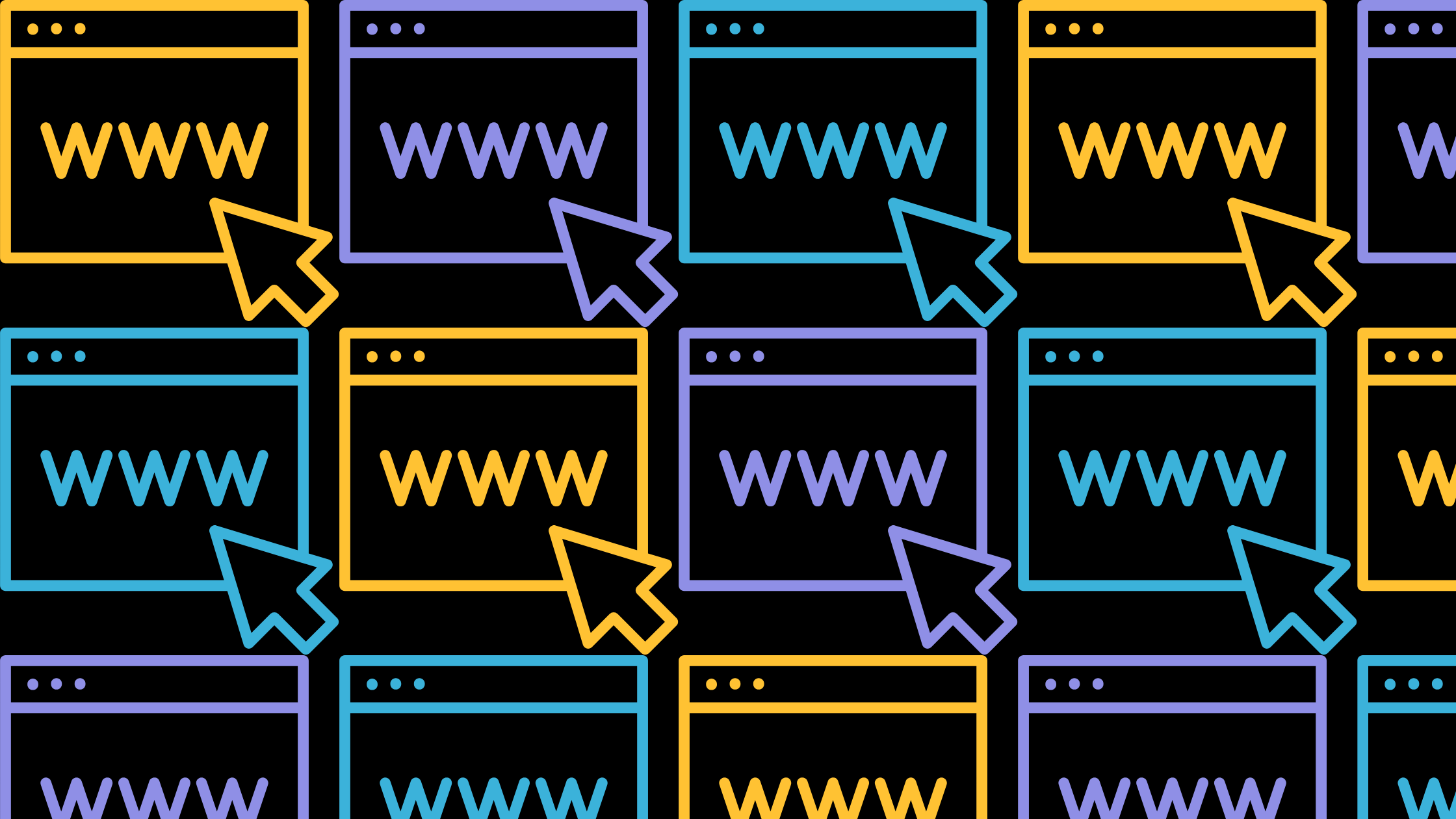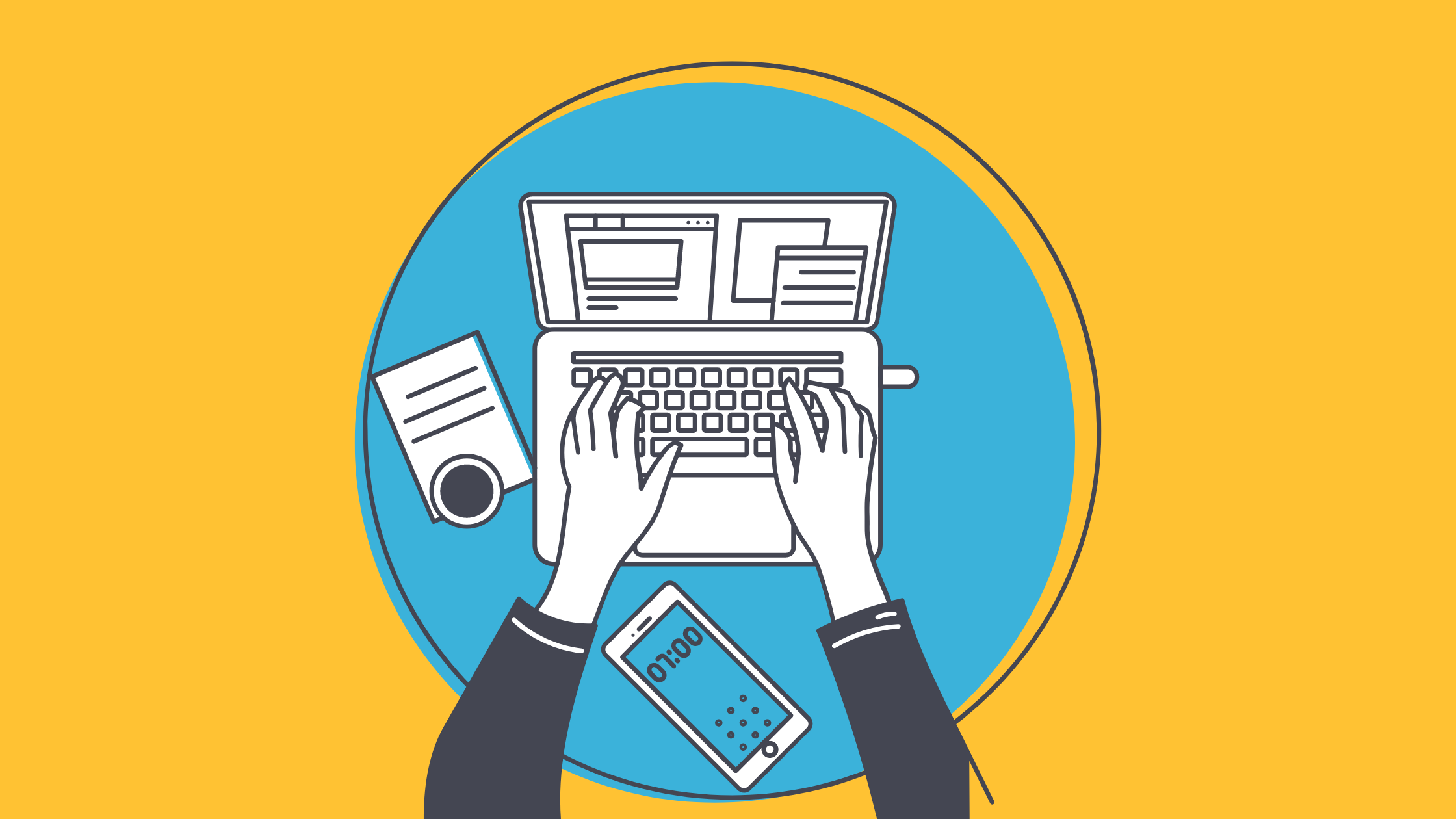Building a website and going live are just the beginning of your journey as a website owner. Websites need continued maintenance in order to continue being helpful for your business. We’ll break down what website maintenance includes, why it’s important, which parts of your site you need to maintain when, and how much it costs to keep your website well-maintained.
What Is Website Maintenance?
Website maintenance refers to the series of tasks that keep your website up to date and running smoothly. These include checking your website for issues, fixing any problems, and making updates.
Why Is Website Maintenance Important?
Checking on your website to make sure each part of it is running smoothly may seem tedious, especially if you’re a small business owner doing it all yourself. However, the benefits of regularly maintaining and updating your website outweigh the effort it takes. These include
- Website performance and functionality
- SEO rankings
- User experience
- Security
- Company image
- Your peace of mind
- Keep up with web design and technology trends
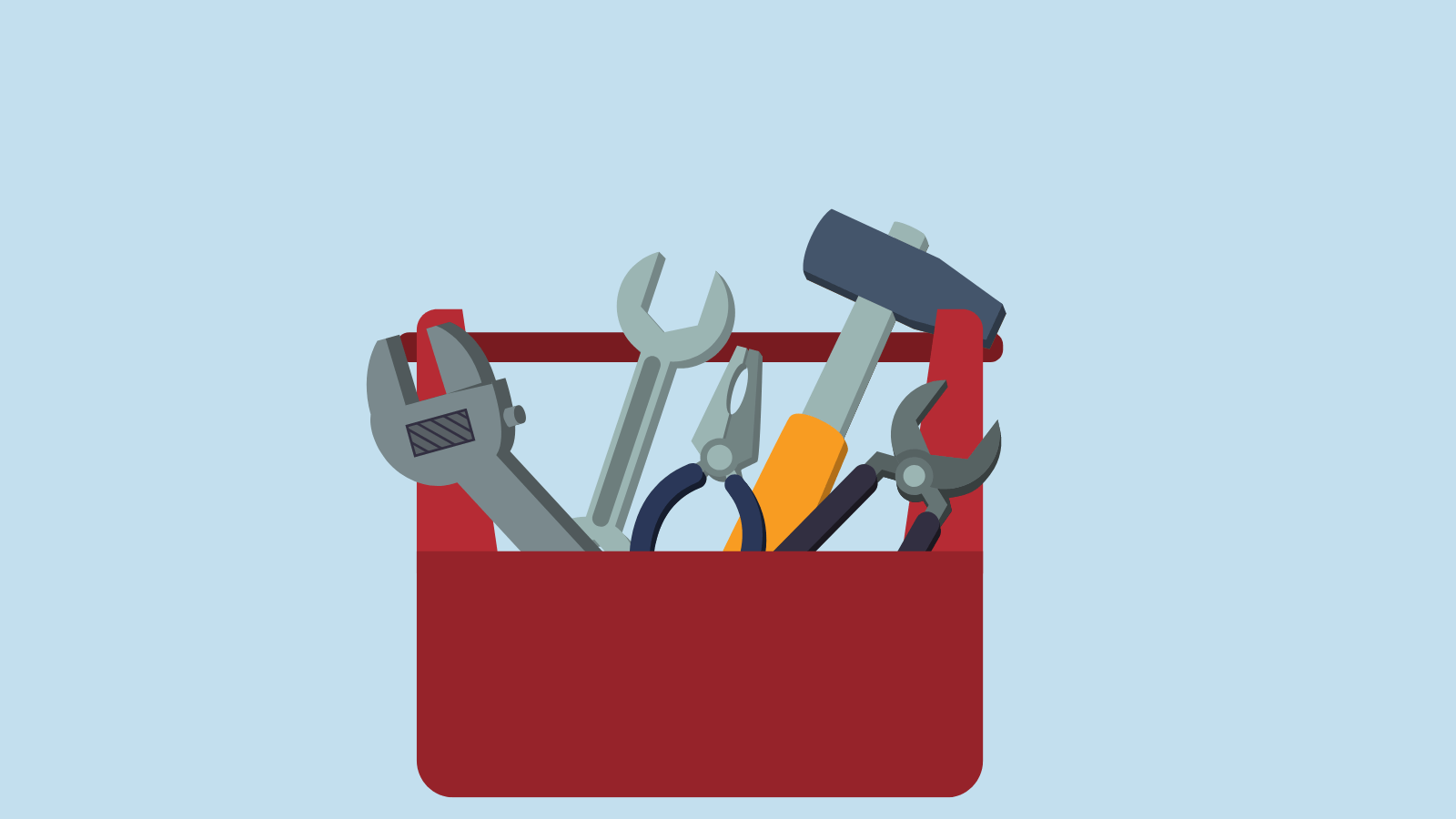
Website Performance and Functionality
Regular website maintenance makes sure your website is functioning as effectively as it can. Broken links, content management system issues, server software issues, security vulnerabilities, and similar problems can become major problems if left unchecked over time.
SEO Rankings
Driving organic search traffic to your website should always be one of your goals. After all, what’s the point of having a website if nobody sees it? Google and other search engines rank websites with up-to-date information higher than websites that don’t. If you go too long without updating your site, they might de-index it entirely or suspect that it’s infected by malware.
.png?width=1600&name=A%20magnifying%20glass%20and%20a%20bar%20graph%20(1).png)
User Experience
Getting traffic to your website is only the beginning. Once visitors arrive on your site, the goal is to get them to stay there and become customers. If they can’t easily and intuitively use your website or your site is full of outdated information, it’s less likely that these conversions will take place.
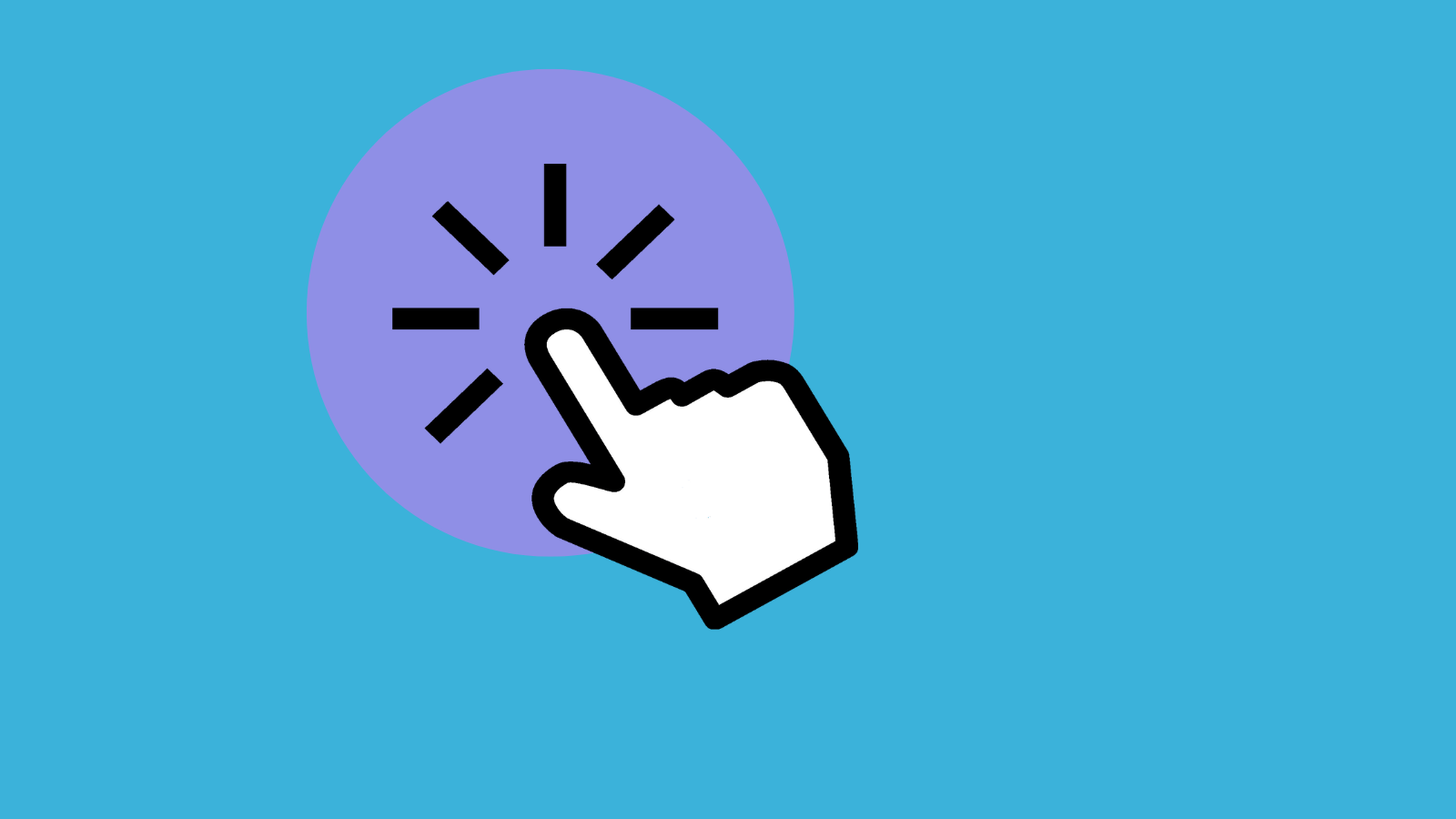
Security
Security is perhaps the most important reason to keep your website up to date. Especially if you’re storing any information about your customers. Websites that haven’t run security updates in a long time are easy targets for hackers. If you use a website builder, make sure that you’re installing software updates and security patches regularly.

Company Image
A website that looks outdated sends the wrong message to visitors about your business. If you want the public to see your company as legitimate and trustworthy, an up-to-date, professional-looking design goes a long way.
.png?width=1600&name=Tiny%20people%20dropping%20website%20design%20elements%20into%20place%20(1).png)
Your Peace of Mind
A website that isn’t running smoothly means more problems for you as the business owner. An out-of-date website can cost you customers. An attack from a hacker because your website security wasn’t up-to-date can cost you time and money to fix the problem.

Keep up with Web Design and Technology Trends
First impressions make a huge difference for potential customers. If you update your website often, you have the chance to be an early adopter of new technology that can help your back-end run more efficiently and features that come with software updates.

Website Maintenance Tasks Checklist
Maintaining a website involves doing some tasks more often than others. Some checks need to be done weekly, others need to be done monthly, some can wait until every quarter, and others only need to be checked once a year.
Weekly Website Maintenance Tasks
Complete the following web maintenance tasks once a week:
- Check that all of your web pages load without errors
- Run a backup and store a previous version of your site
- Update website software and plugins
- Make sure all forms are running properly
- Remove any spam comments on pages and posts
- Check for broken links on all pages
- Fix and redirect any 404 errors
- Write at least one blog post to boost your SEO rankings and engage with your audience
.png?width=1600&name=Clipboard%20with%20checklist%20(1).png)
Monthly Website Maintenance Tasks
Complete the following web maintenance tasks once a month:
- Check the load speed of your website and make sure nothing is bogging down your website speed
- Review your security scans
- Analyze traffic statistics from the previous month
- Check your blog posts to see if any information needs to be updated

Quarterly Website Maintenance Tasks
Complete the following web maintenance tasks every quarter:
- Review your website design and structure, make necessary improvements
- Check graphics and images update as needed
- Review and update meta titles and descriptions
- Test popups, calls to action, and forms
- Review your workload for anything you can automate
- Test if your website displays properly on all devices and browsers
- Review your advertising and marketing campaigns to see if anything could use an update
- Restore a previous version of the website to check your how your backup system is doing
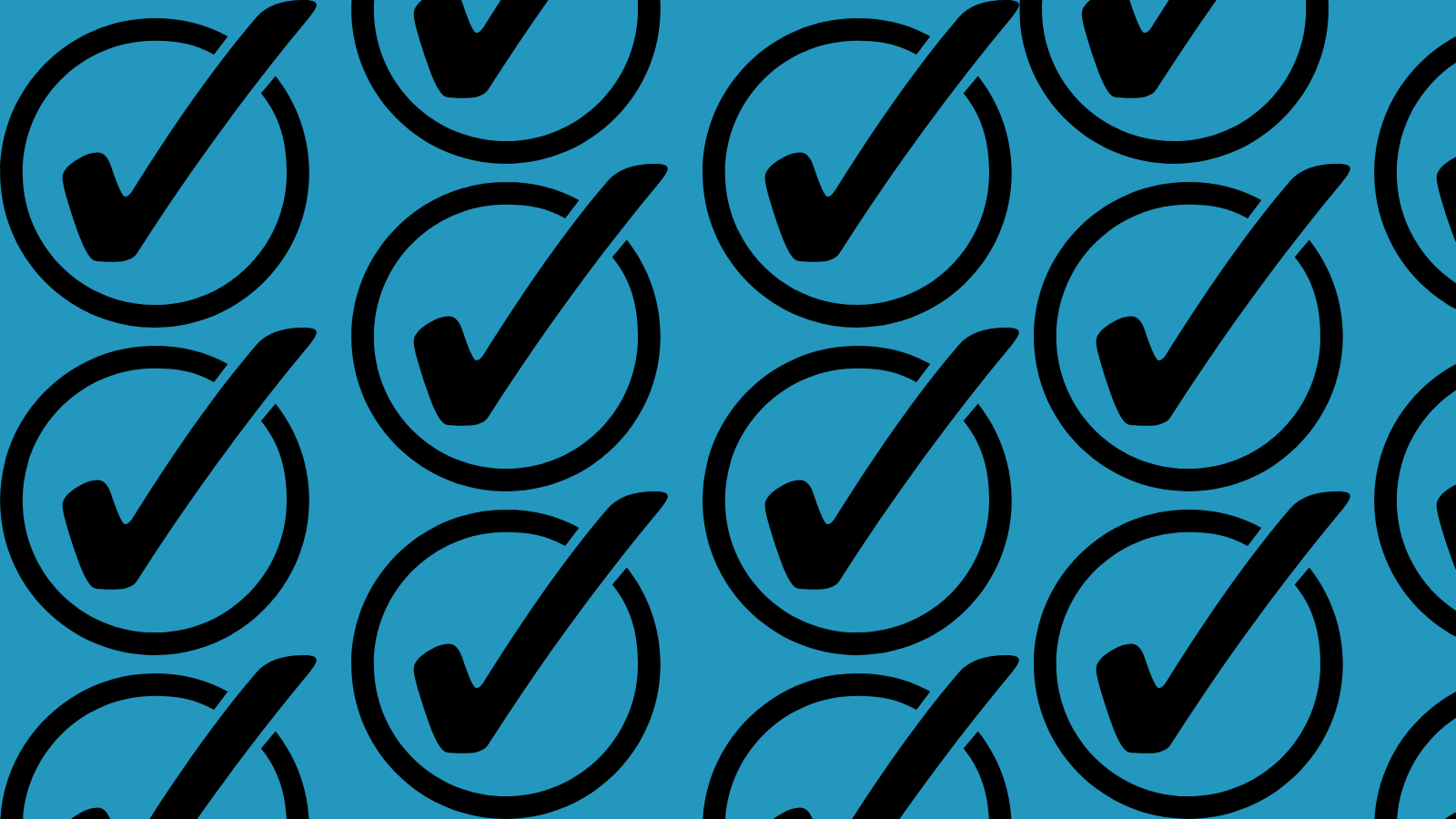
Annual Website Maintenance Tasks
Complete the following web maintenance tasks once a year:
- Update any year reference to the current year
- Review each page for accuracy, grammar, typos, and relevance
- Check any active email addresses and delete any excessive ones
- Renew your domain name
- Consider a website design update
- Review all of your top performing blog posts to see if they need to be updated with new content
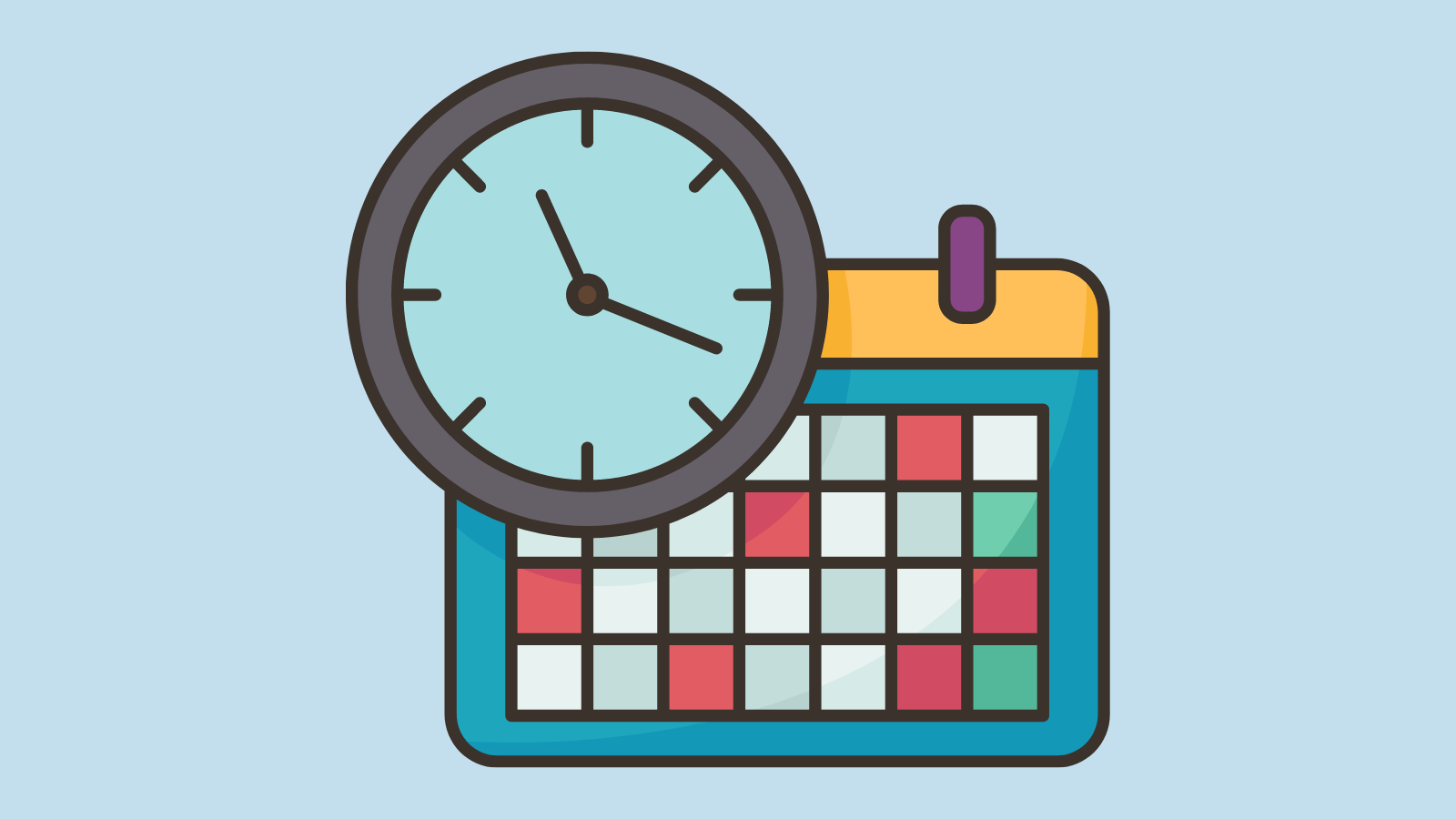
How Much Does Website Maintenance Cost?
The cost of maintaining a website will depend on a variety of factors including the size of your company, which features your website needs, and more. Here are some of the costs associated with website maintenance:
- Domain name
- Web hosting service
- SSL certificate
- Email services
- Tech support and customer service
- Website design
- Plugins and integrations
- Ecommerce features
- Marketing and SEO
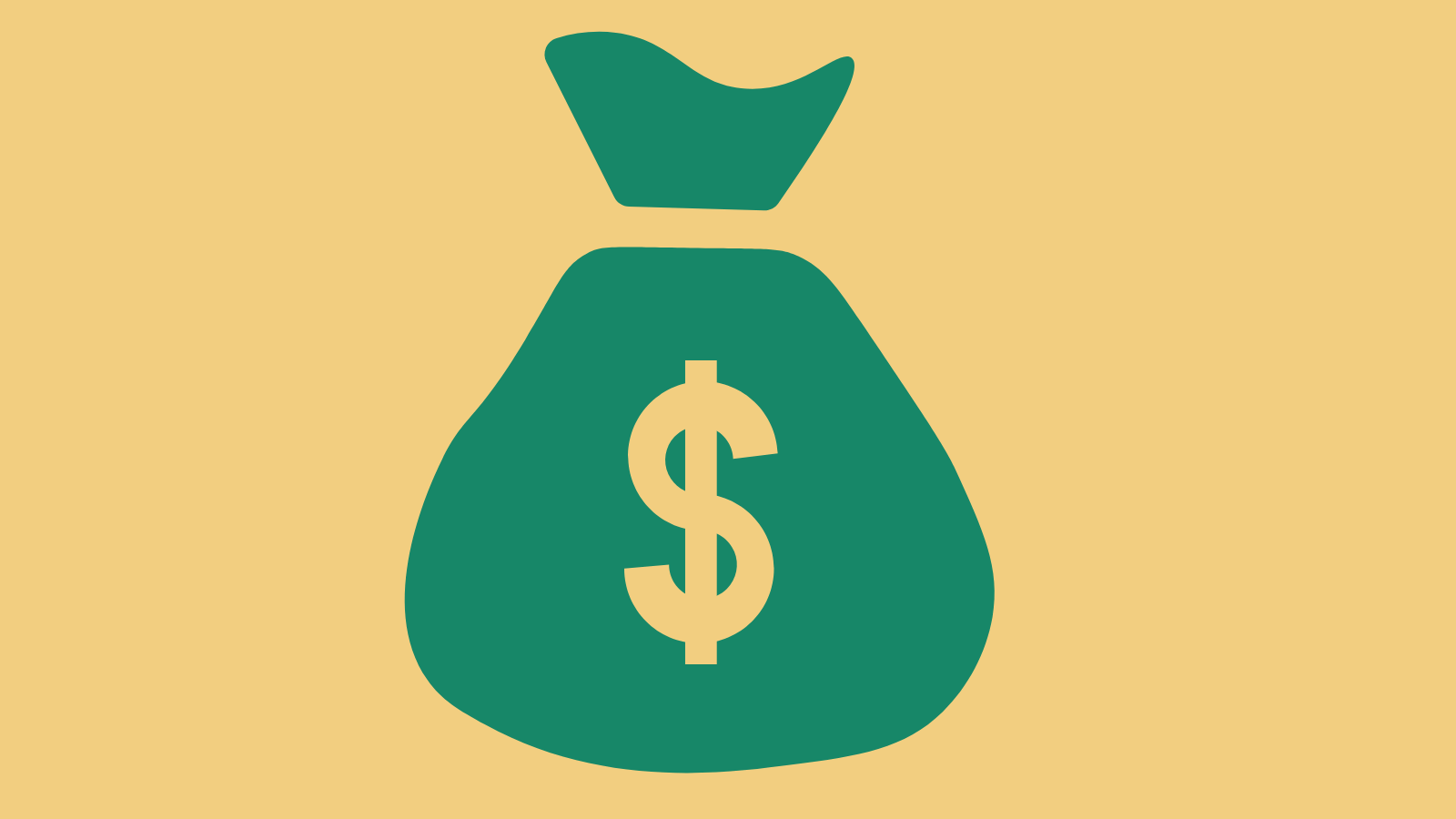
1. Domain Name
The first website building expense is the domain name. Some website builders offer a free domain name that looks like yoursite.websitebuilder.com, but it’s always a good idea to buy a custom one for a more professional website.
The cost of buying a domain name can vary greatly, but $10-$15 per year is a reasonable price range for a small business owner. Here are some of the factors that determine the cost of a domain name:
Domain Registrar
A domain name registrar is a site where users register, purchase, and manage domains that they own. Registrars are a middleman between registries and customers. Some examples of registrars include:
- Sav (that’s us!)
- GoDaddy
- Dynadot
- Namecheap
- Porkbun
- Google Domains
Domain name registrars offer comparable products at different prices, so it’s a good idea to shop around.
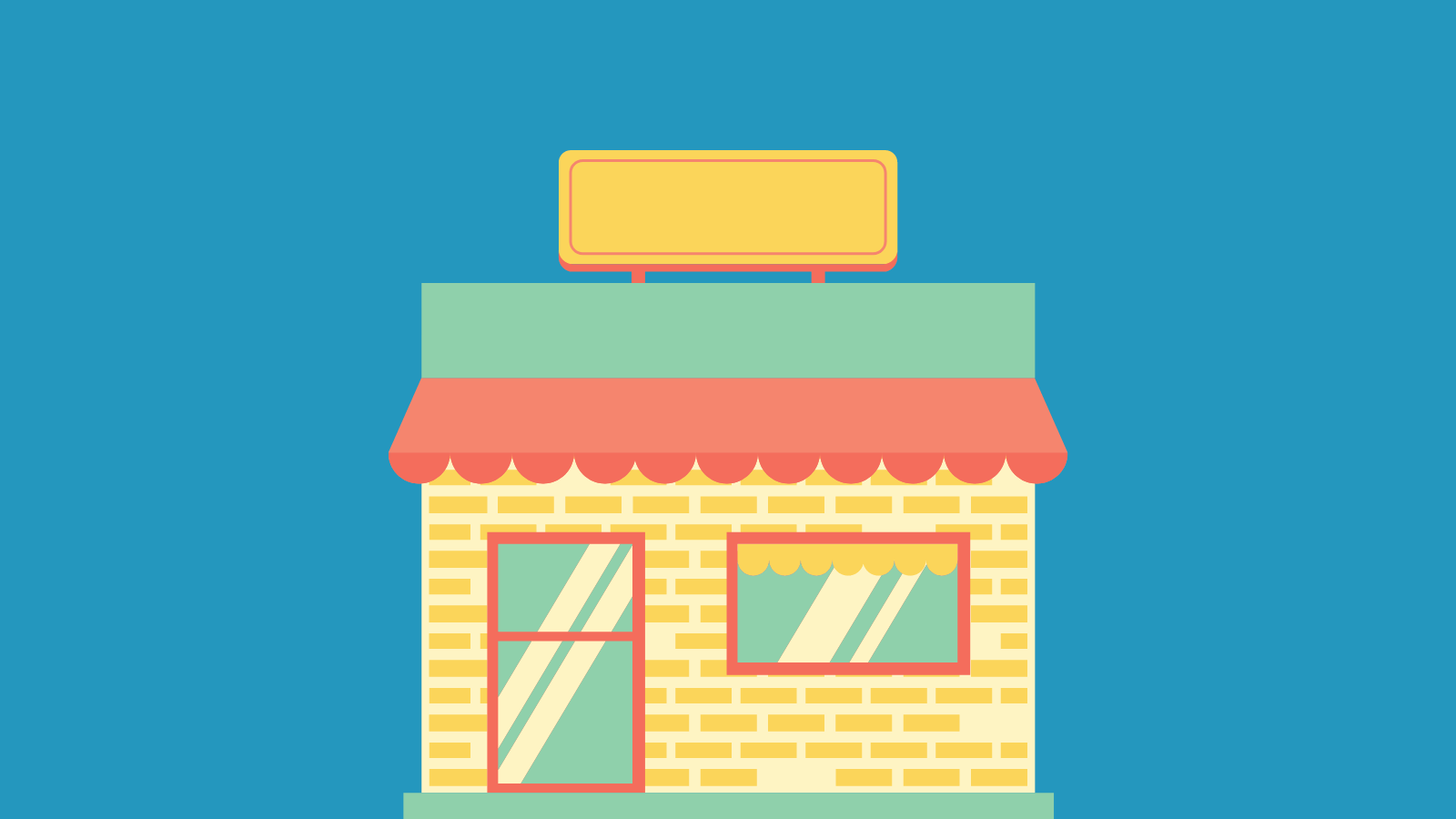
Top-level domain (TLD)
The TLD is the part at the end that comes after a dot. They are sometimes colloquially referred to as domain extensions. Examples of TLDs include:
- .com
- .net
- .info
- .org
- .online
- .icu
- .shoes
- .shopping
- .computer
- .fish
- .agency
- .ninja
Domain registrars price new domain registrations according to their TLD. Factors that affect TLD pricing include
- Trendiness
- Typical buyers
- Age
- Availability
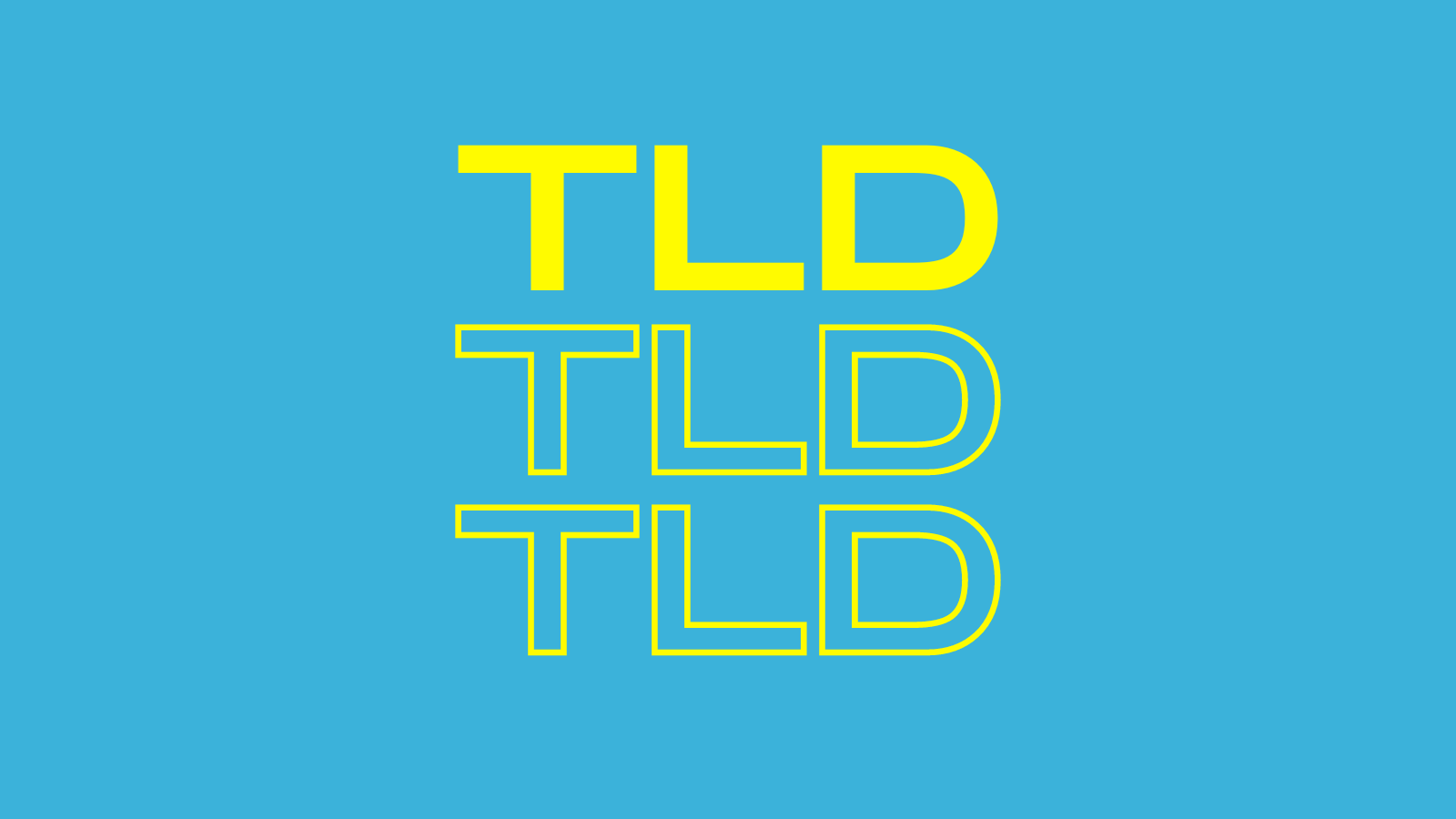
Length of commitment
Many registrars offer different prices depending on the length of the domain registration. Registering your domain for more than one year at a time can save money in the long run. Renewal prices do go up sometimes, so if you want to keep your domain name for a long time, it’s a good idea to renew it for several years and save your money.
Domain privacy
While providing personal information is required when registering a domain, you can make that information inaccessible to the public. This is called domain privacy or WHOIS privacy. Some registrars charge a fee for it, but Sav offers it for free.
![]()
2. Web Hosting Service
Web hosting is the place where you store all your images, videos, files, and other website content. Let’s say a user wants to view your website and types in the domain name in the browser. The user is then directed towards the web hosting server where all your website content is stored. Website builders typically offer hosting for free either from the same company or a partner. If you build your own website without a website builder, you’ll have to pay for a hosting plan. There are six types of website hosting:
Shared Hosting
With shared hosting, your website is stored on the same server as multiple other websites. All domains on a shared hosting plan share the same RAM (Random Access Memory) and CPU (Central Processing Unit). Sharing these features makes shared hosting plans a low-cost choice for beginners. However, surges in traffic for other websites on your plan can affect the user experience on your website. Shared hosting plans typically range from $2.00 to $4.00 per month.

Virtual Private Server (VPS) Hosting
A VPS hosting plan is a middle ground between a shared server and a dedicated server. With these plans, the website shares a physical server with other users, but have their own space on the server. VPS hosting is a great choice for someone who wants the benefits of their own server but doesn’t have the technical knowledge for it. VPS hosting plans typically range from $2.45 to $78.00 per month depending on the RAM, bandwidth, and disk space.
Cloud Hosting
Cloud hosting works via a network and lets website owners use the computing resources like a utility. Cloud based hosting is scalable, so it lets you only pay for what you need. Cloud hosting plans range from $10.00 to $30.00 per month.
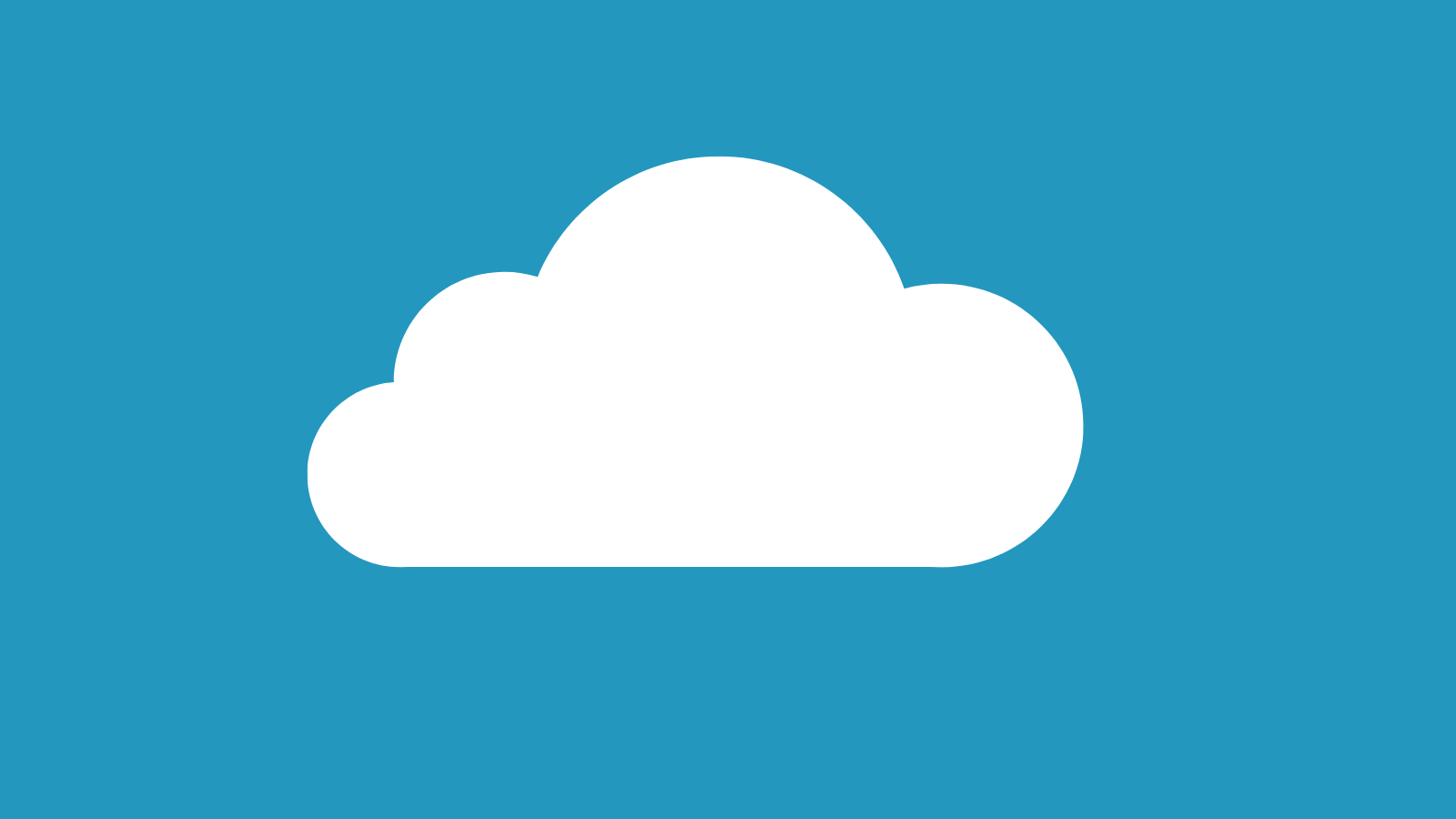
Dedicated Server Hosting
With dedicated server hosting, your website is the only one on the server. It gives you complete control over your website hosting and is a great option for high traffic websites. However, dedicated server hosting is expensive and requires a lot of technical expertise. At $80-$300 per month, dedicated server hosting is one of the more expensive hosting options.
Managed Hosting
With a managed hosting plan, the hosting company looks after the day to day management of the server. Managed Hosting is also expensive, with plans ranging from $30 to $500 per month.
Colocation
Most hosting plans involve keeping your servers in-house or at a private data center. With colocation, you rent a space in a center with other servers. Colocation gives you more bandwidth at a lower cost. However, the center can’t help you if something goes wrong with your server. Colocation fees range from $45 to $300 per unit per month.
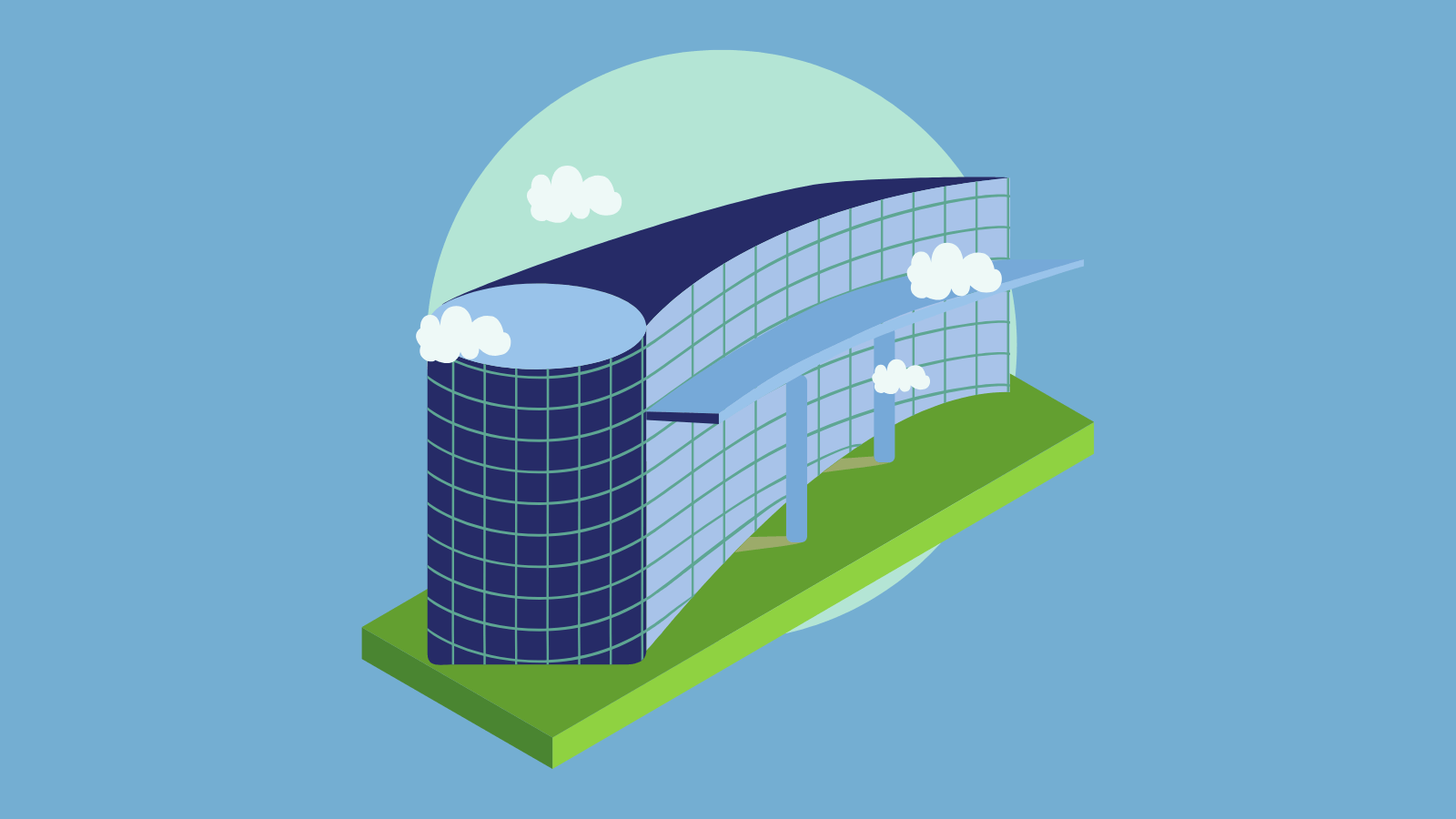
3. SSL Certificate
An SSL certificate protects users’ information. It’s a necessity for any website that collects sensitive information from its visitors. Many website builders and hosting providers offer free SSL to their customers, but if you build your website from scratch it can cost up to $200 to add an SSL certificate.
4. Email Services
With professional email hosting, website owners can create custom email addresses with the name@domain.com format. This type of custom email address makes your company look more professional and trustworthy and is great for branding.

5. Tech Support and Customer Service
Providing tech support and customer service are important for catching issues with your website when they come up and making sure users can accomplish what they need to get done on your website. This could include:
Live Chat
Live chat lets users connect to a tech support agent quickly via chat message. This service is particularly helpful for fixing website crashes, broken contact forms, and security breaches.
Email Ticketing System
Email ticketing systems use email and a tracking system for assistance requests. This service is helpful if you need to keep records of customer support requests and establish a paper trail.
Phone Support
Phone support lets users contact a support agent immediately for assistance. It offers similar benefits as live chat for customers who are more comfortable talking on the phone.
Knowledge Base
A knowledge base lets users easily find tutorials and guides to troubleshoot the most common areas for users to need assistance. This feature can help you cut back on assistance requests and assist users who prefer trying to solve a problem themselves before reaching out to customer support.
.png?width=1600&name=A%20customer%20service%20representative%20using%20a%20laptop%20surrounded%20by%20three%20chat%20heads%20(1).png)
6. Website Design
Your website design is the first thing visitors see when they land on your website. It’s worth it to make sure yours is appealing and use-friendly. Cost of web design depends on how you approach it.
Self-Design
If you have the coding skills for it, designing your website from scratch is a cost-effective option for small or medium websites. You can use free or premium tools to do so.
Hire a Professional
A professional web developer can code a website to your specifications that is in line with current design standards and trends. Developers often provide services like software updates, tech support, and functionality optimization after your website is built. Going this route can get expensive though. Hiring a web developer to build a website alone can set you back $6,000. Website maintenance services can add another $500-$1,000 per year. This option works best for large websites that get heavy traffic.
Use a Website Builder
With website builders, you can create a professional website without coding it yourself or breaking the bank to hire someone. Just choose a template and drag and drop your content.
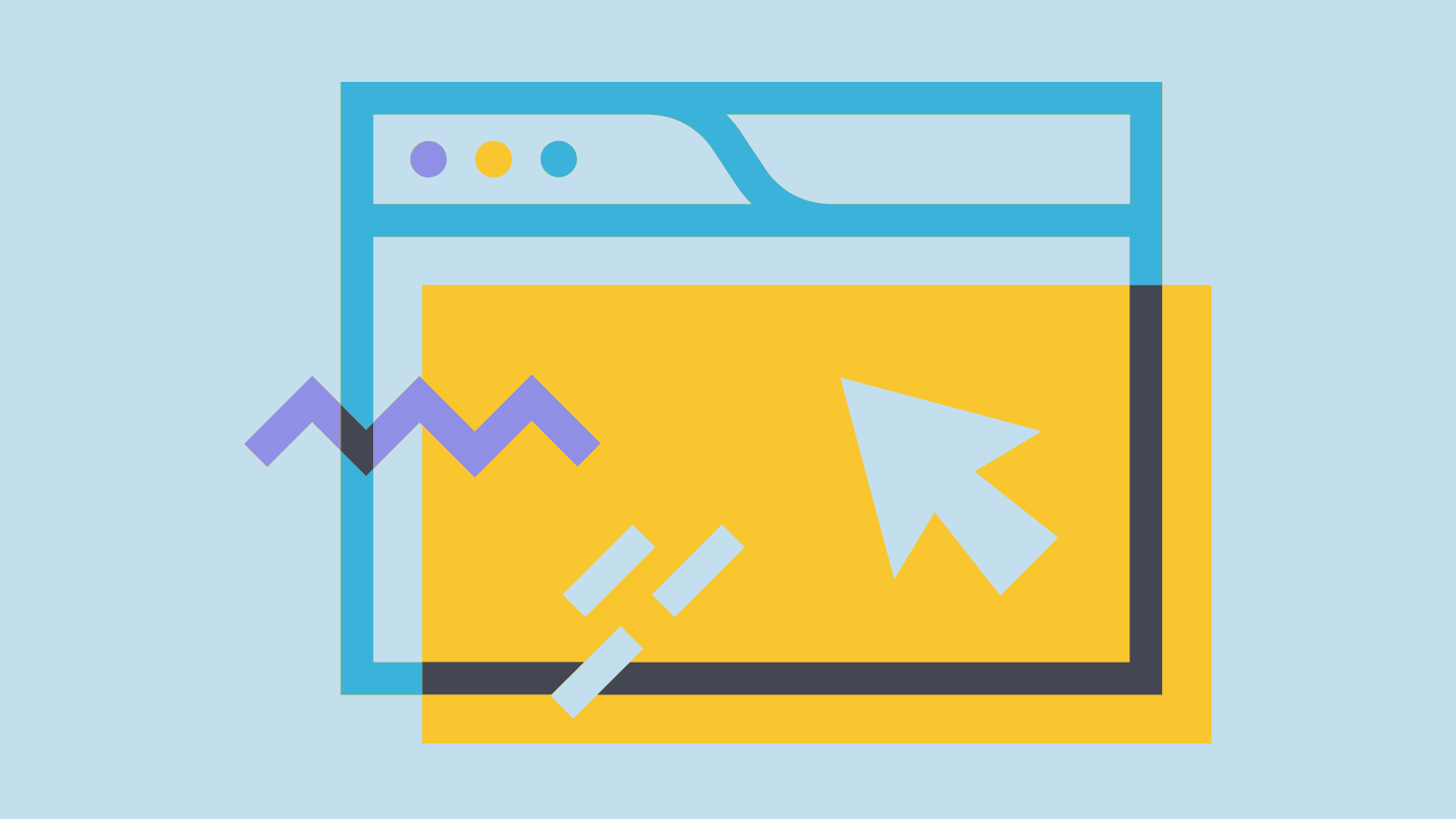
7. Plugins and Integrations
Depending on the purpose of your website, you might need third party apps and integrations to create an easy user experience. Some popular plugins include:
- Contact form plugins
- Page builders
- Security plugins
Many website builders have a series of integrations you can use for free. However, working outside of those or using integrations on a website built from scratch could cost money. Most premium plugins cost under $100.
8. Ecommerce Features
Running an e-commerce website requires a variety of functions, many of which come with extra maintenance costs. These include:
- Customer portals
- Payment processing
- Delivery options
- Order fulfillment
- Inventory tracking
- Order and shipment tracking
For most website builders, the most expensive membership plan includes some or all of these features. If you’re using external tools, those will cost more money as well. For example, inventory management tools like Zoho and Odoro range from free to $1000 depending on your ecommerce website needs. Payment gateways set an average-sized online store made without a website builder back $15-$25.
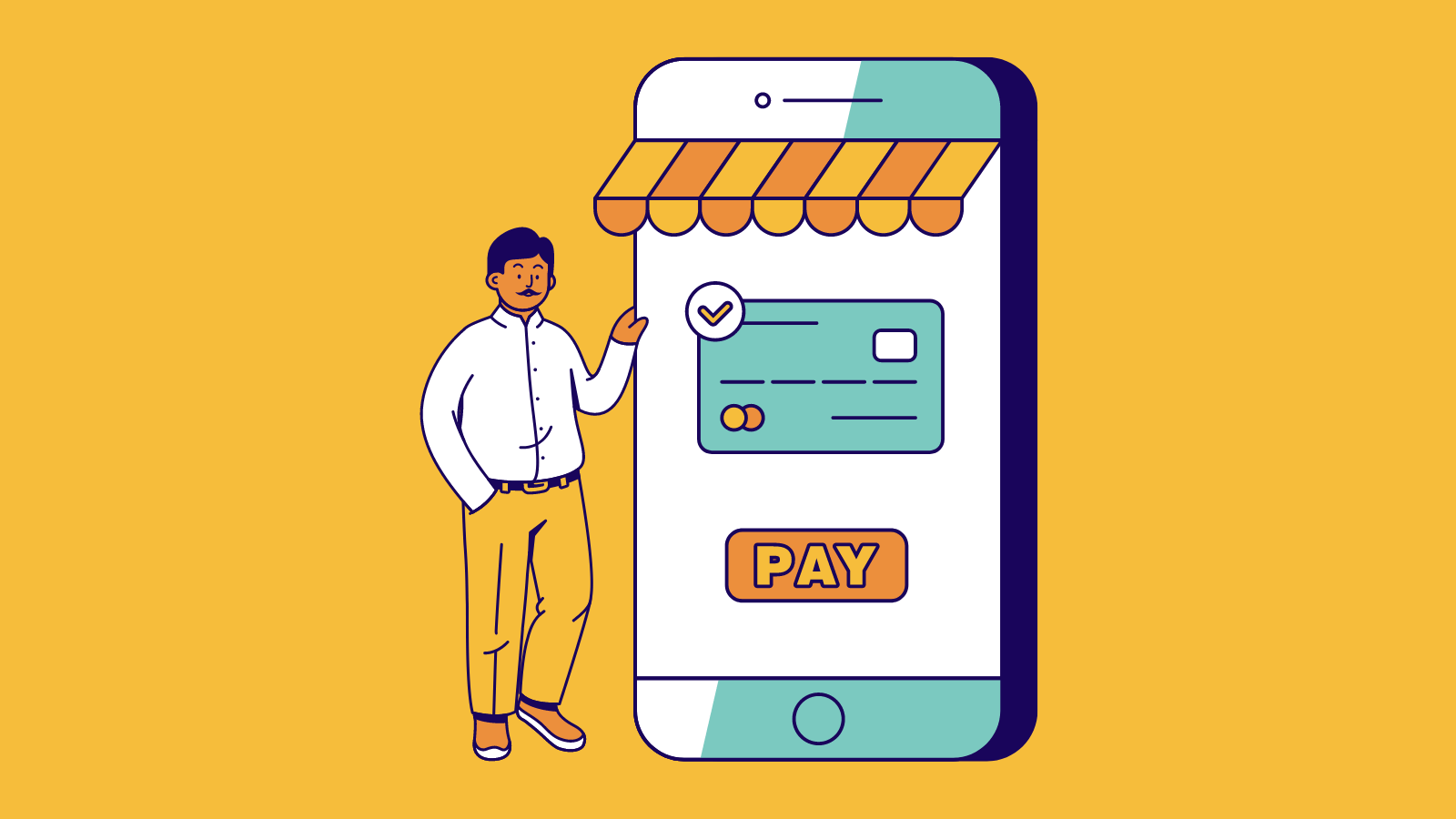
9. Marketing and SEO
What good is having a website if no one can see it? You don’t need a huge marketing budget to pull it off. Here are a few relatively low-cost, effective marketing channels for small businesses to use.
Search engine optimization
Paid SEO tool subscriptions range from $12 to $150 per month. Some examples of SEO tools include:
- Ahrefs
- Moz
- SEMrush
Content marketing
Unless you’re doing all of it yourself, getting content written by someone else will cost money. Rates will vary depending on length of the articles and whether you’re hiring in-house, hiring freelancers, or outsourcing to an agency, but expect to pay $50-$1,000 per project.
Email marketing
Email marketing is a low-cost digital marketing tactic. Plans for tools like Mailchimp and Constant Contact range from Free to $300.
Social media marketing
Marketing on social media helps your company find customers where they already hang out online. The cost of social media marketing can vary quite a bit depending on
- The size of your company
- Your industry
- Your business goals
- Software and tools you use
- Platforms you use
- Whether you hire in-house staff or outsource to an agency
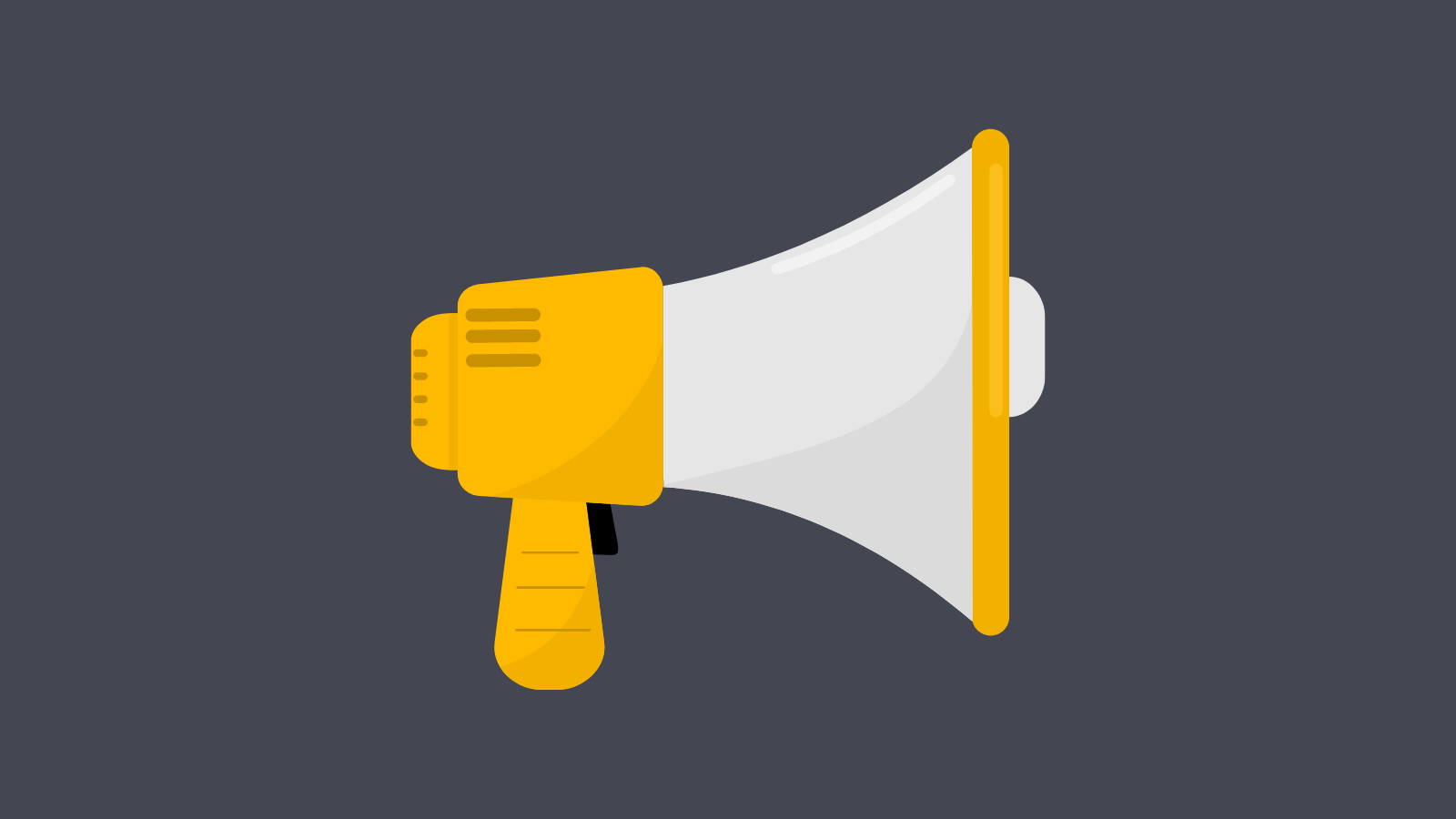 How Sav Can Help
How Sav Can Help
Here at Sav, we make it easy and affordable to build and manage your own professional website for your small business. With industry-low domain name prices, website builder pricing plans for every budget, SSL and domain privacy included for every customer, and ecommerce features at competitive prices, we have what it takes to be the home of your website for years to come. Start your free trial today to see for yourself!
Newsletter
Popular
Top Articles
Recommended articles
How to Come up With Ecommerce Product Ideas
Whether you’re starting a new ecommerce business or expanding a pre-existing one, what products to sell online is an important decision....
Read moreHow to Create a Modeling Portfolio
What is a Modeling Portfolio? A modeling portfolio is a demonstration of your skills and talent you can show to potential employers and...
Read moreThe Best Side Hustles From Home to Try
Why Start a Side Hustle from Home? Earn Extra Money Being alive is expensive right now. Whether your financial goals are to pay off your...
Read more
